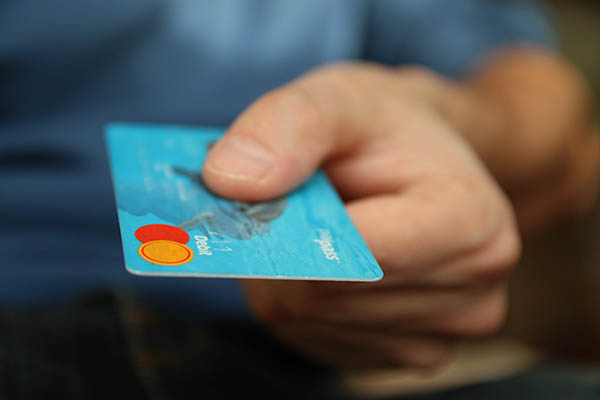
Fake charities or impersonations of real charities have been increasing steadily over the past four years.
So far in 2018, Scamwatch has received 689 reports of fake charity scams, amounting to over $320,000 in losses. This has been an increase from 2017, with the total reported loss of $313,563.
“Australians are very generous, donating billions each year to thousands of different charities. Unfortunately scammers are increasingly using people’s generosity against them by setting up fake charities to fleece them,” Australian Competition & Consumer Commission (ACCC) Deputy Chair Delia Rickard said.
Some ways scammers have been physically approaching people have been on the street, possibly posing as a monk of a collector for a specific cause, or on people’s front door.
They can also approach people online through setting up fake websites that looks similar to real charities.
Also, they may request donations through a phone call or email.
Most fake charity’s payment methods include up-front payments such as money order, wire transfer, international funds transfer, pre-loaded card or electronic currency like Bitcoin.
“Fake charity approaches occur all year round and often take the form of a response to real disasters or emergencies, such as floods, cyclones, earthquakes and bushfires,” Ms Rickard said.
Some examples of fake charities taking advantage of disasters or emergencies include Black Saturday bushfires, the Bourke Street tragedy and the current Australian drought.
“The scammers have no shame. If they’re not creating fake charities, they will impersonate real ones like the Red Cross, RSPCA, or Rural Fire Service,” Ms Rickard said.

